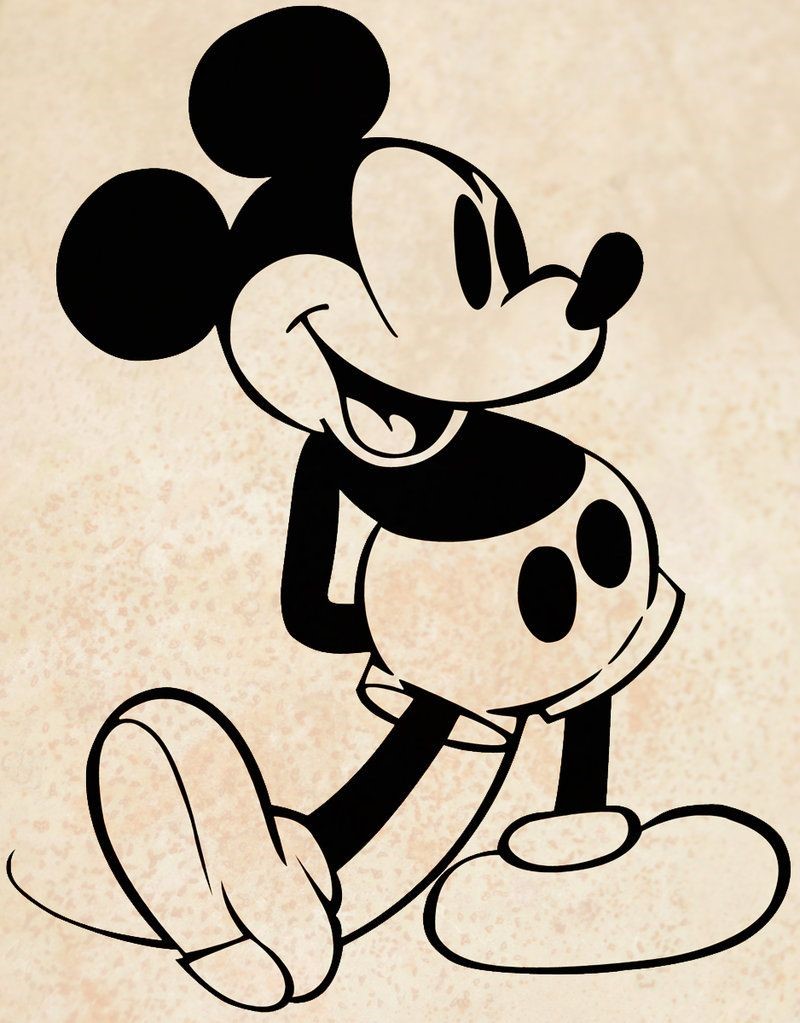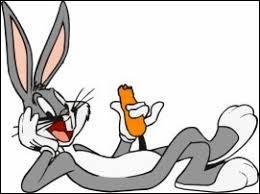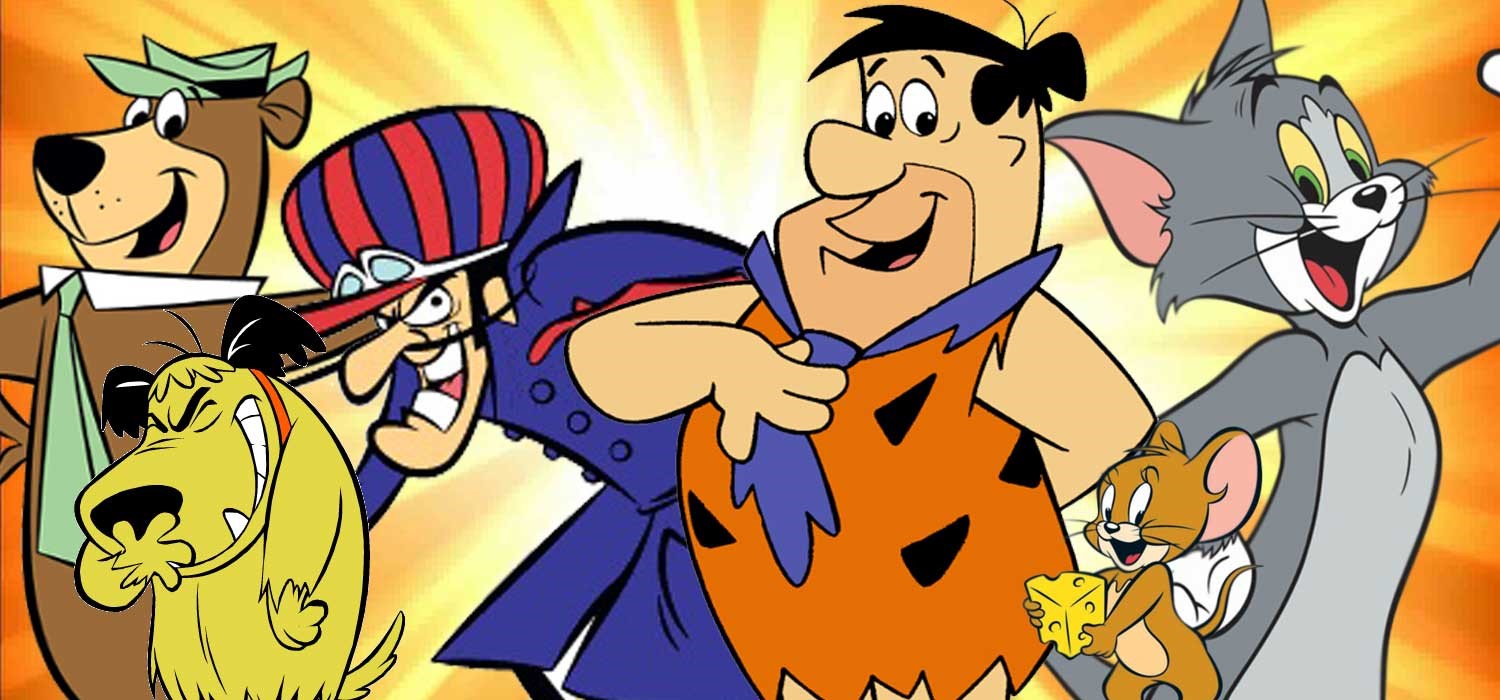Content begins here
Main page content
Click to collapse
History of animation
In this lesson we will see the advancement of animation through time, how animators used to create animations with the means they possessed, explaining photography and tape in order to understand how the same beginnings can now be detected through the simplest techniques.
Objectives:
- Identify the different moments of animation, from light machines to modern animation.
- Understand how several drawings or several photographs can create the sensation of movement even with current techniques.
- Do a couple of exercises with the cell phone on animations.
Through the knowledge we have acquired:
How do the images work and how fast do they run to understand movement?
Images work as an effect called "timing". Timing refers to the space that exists between images that are practically identical between one and another and the amount of time that they spend before our eyes, through intuition and analysis we realize that animations are nothing more than this union of images and so we can reproduce it.
What is the effect of the animation over time?
Through examples from certain periods we can understand how each animation company has made different animations through different narratives and techniques, in order to understand the context of past decades such as the current one, it is recommended to explore short films from: Disney, Warner Bros, Hannah Barbera and some Oscar-winning short films in the last 10 years.
What mobile applications can help us understand the movements that helped discover the movement generated as part of the audiovisual?
The Animation is a very varied branch of the audiovisual, with Flip a Clip, we can face a universe in which we create a character or movement through sheets of paper that are on our cell phone, in order to generate movement and start to understand timing.
Flip a Clip (Google Store) https://play.google.com/store/apps/details?id=com.vblast.flipaclip&hl=es
Flip a Clip (Apple ) https://apps.apple.com/us/app/flipaclip-create-2d-animation/id1101848914
Flip a Clip ( Android) https://flipaclip.uptodown.com/android
With Stop motion studio we can understand that photographs with correct spacing in time can generate movements, which can generate animated content.
Stop Motion (Google Store) https://play.google.com/store/apps/details?id=com.cateater.stopmotionstudio&hl =es_CO&gl=US
Stop Motion (Apple ) https://www.cateater.com/
Stop Motion ( Android) https://stop-motion-studio.uptodown.com/android
With Sketchbook we can draw a character and save different parts of its body in differents files, this allows us to use it to animate the character.
Examples of characters:
1. Mickey Mouse, Disney.

2. Bugs Bunny, Warner Brothers.

3. Hannah Barbera characters.

Conclusions
Animation has changed throughout history, as well as its techniques, but really the initial stages of development can be observed through exercises with applications or simple technological tools.
Video and PDF presentationClick to collapse
The following video explain the content of this lesson and shows some examples:
Video T1.L2. History of animation
Here you have the content of the video in pdf in case you need to use it in your classroom:
Lesson contents in PDFClick to collapse
Here you have the contents of the lesson in PDF:

